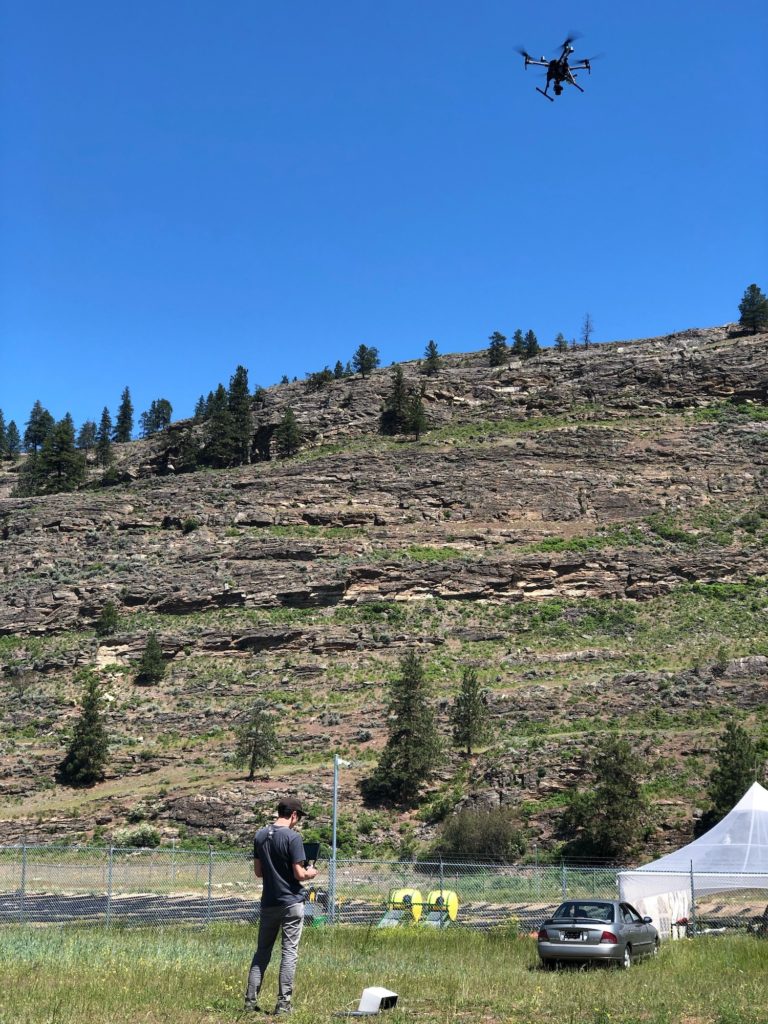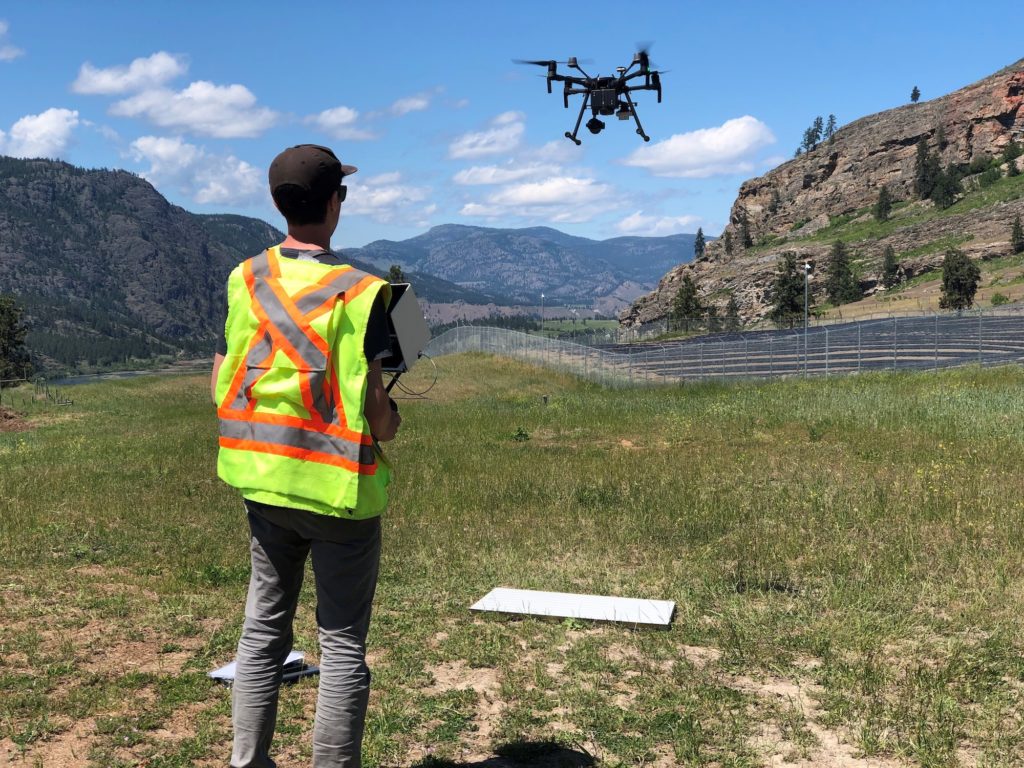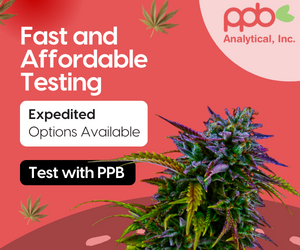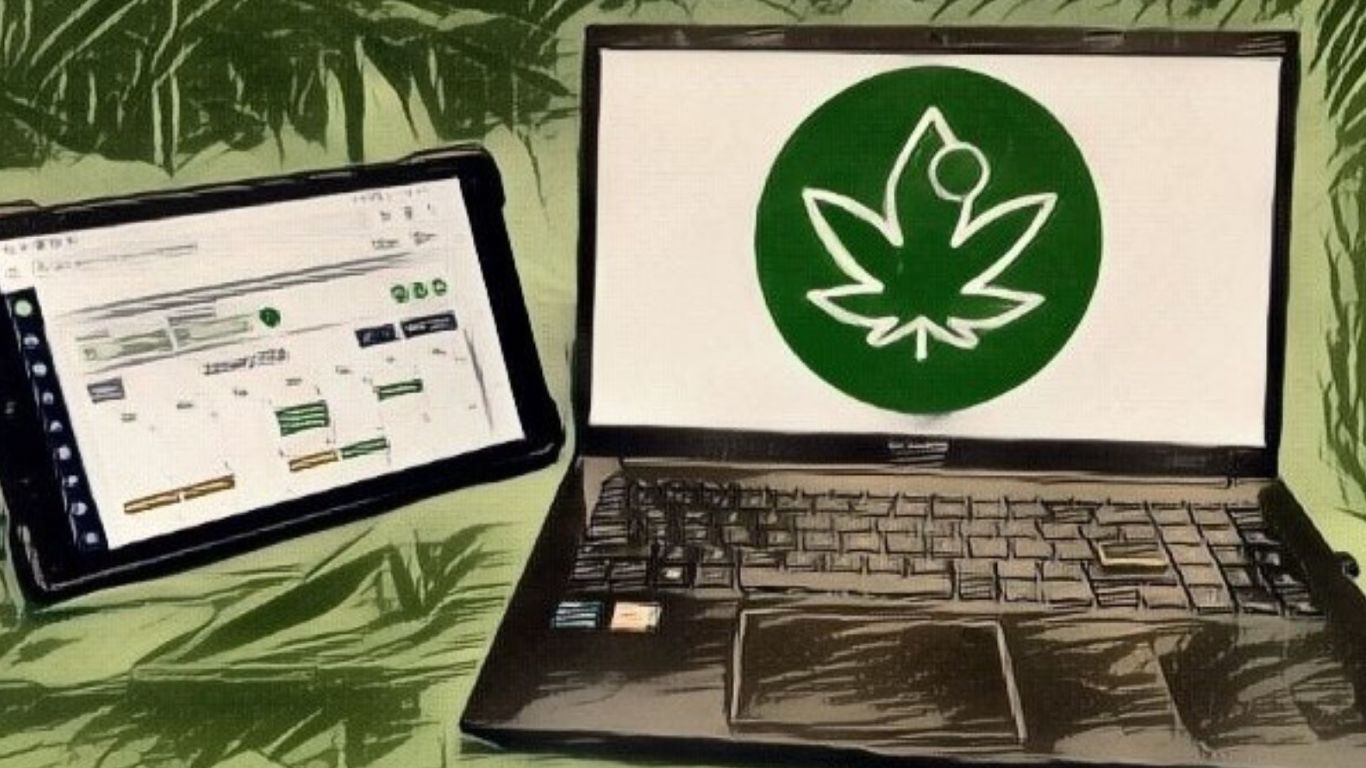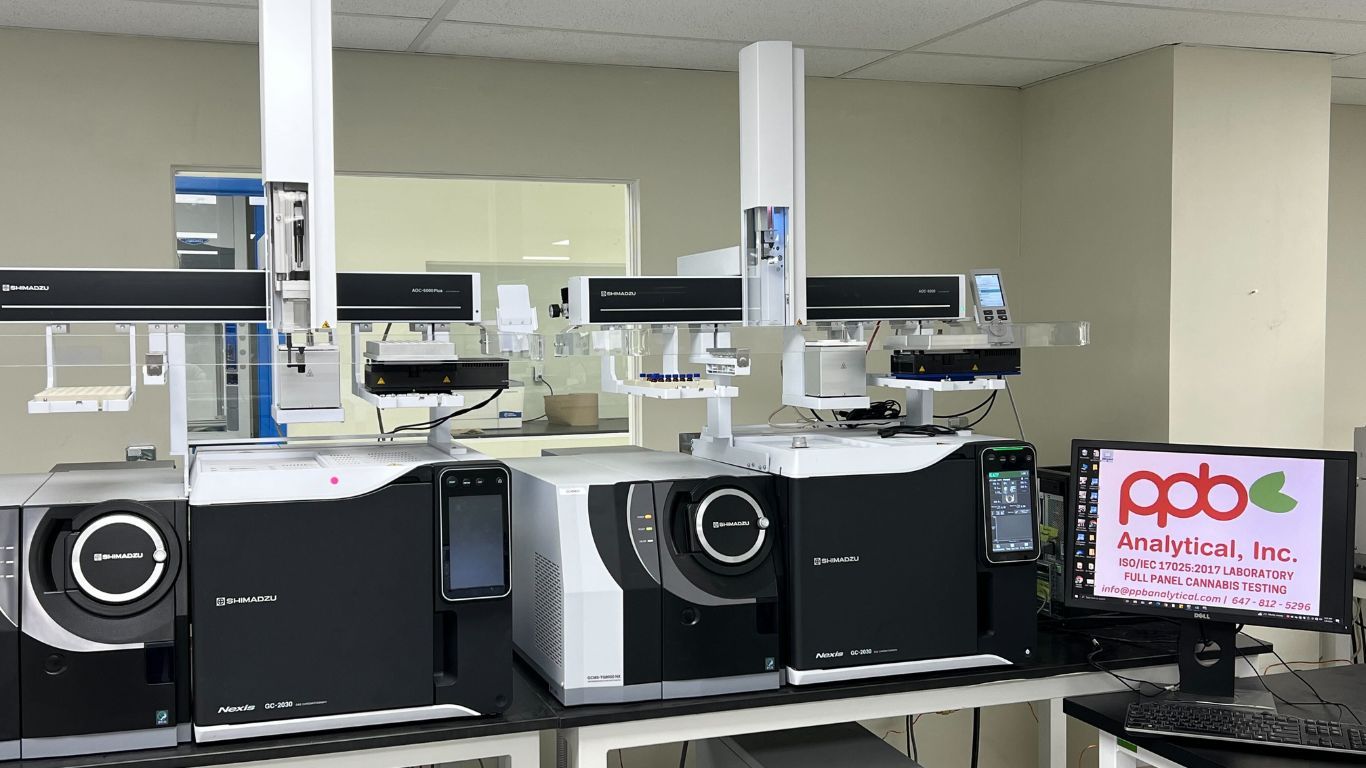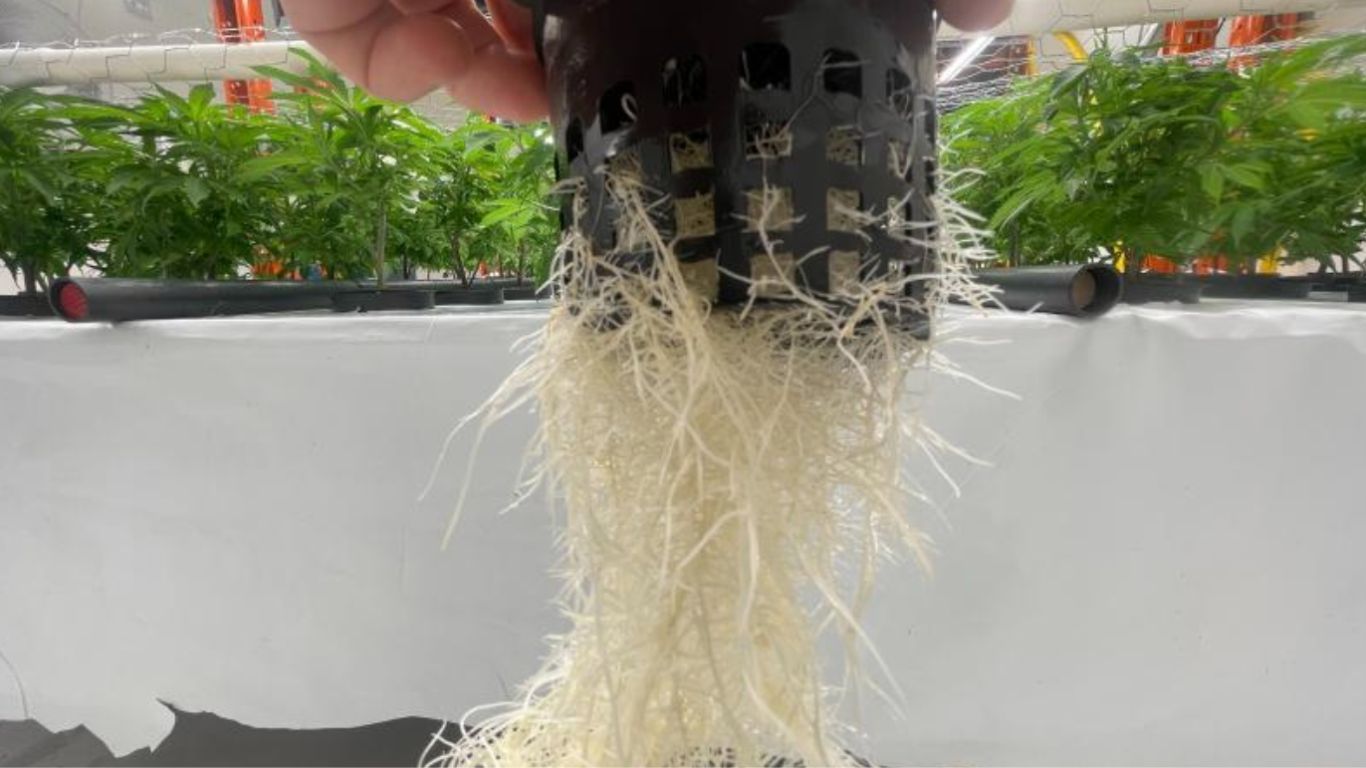
Coastal Resource Mapping (CRM) was founded in 1998 in Nanaimo, BC and provides, among other services, mapping and data analysis and support services for a broad mix of clients and industries, including agriculture, mining, fisheries, and forestry.
The company is now adding cannabis crops to its roster, helping indoor and outdoor growers use mounted and drone-operated cameras, including multispectral, to better manage plant health by identifying things like nutrient deficiencies, pest infestations, plant loss, water requirements, etc.
No one else in this space is working exclusively with cannabis in the way that we are.
MIKE BYRNE
As part of this process, CRM is undertaking a pilot project and seeking to work with outdoor cannabis growers to help identify male plants at early stages of growth. Currently working with a handful of outdoor cannabis growers in BC, on the island and the mainland, CRM is gathering data that will help them better understand how to apply this for cannabis growers not only in Canada, but worldwide.
Mike Byrne who has been heading up the company’s cannabis division, says the idea first came to him when he was approached by a cannabis grower he knew in California who had said how challenging and cost intensive it was to identify males in his 100+ acre cannabis crop.
Our traditional indoor and outdoor analytics is plant health, disease, pest infestation, water needs, plant loss, but for indoor we can go a little deeper – we can pick up spectral signatures to even identify things like dust mites.
“After being approached by a California-based Cannabis LC last year, we immediately started developing what we proudly now refer to as our Indoor and Outdoor Analytics Program,” says Byrne. “CRM had been delivering on a variety of precision, agriculture-based services across the forestry and traditional agriculture sectors for years, so the pivot into Cannabis was an easy transition. Plus, being a British Columbia based company, there are a lot of local businesses to support.”
“No one else in this space is working exclusively with cannabis in the way that we are,” adds Byrne. “We’ve been marketing to outdoor grows for this project, and our traditional indoor and outdoor analytics is plant health, disease, pest infestation, water needs, plant loss, but for indoor we can go a little deeper – we can pick up spectral signatures to even identify things like dust mites. So we can really help growers better manage their crops, both indoor and outdoor.
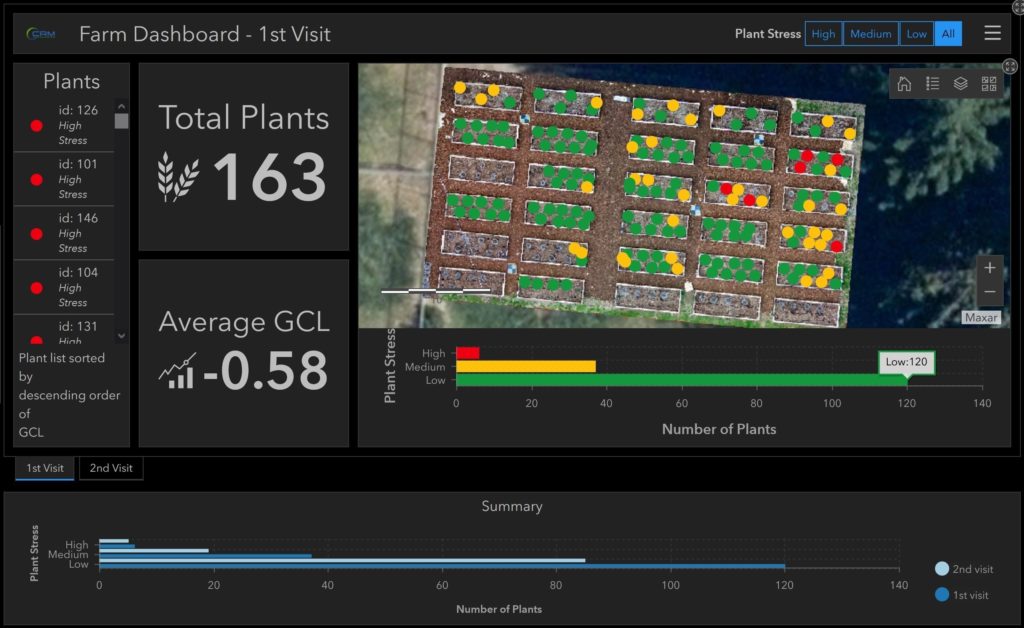
“This new pilot project is just a small piece of what we offer, not only for the cannabis industry but for many different sectors like mining, forestry, and other forms of agriculture.”
The key to our Analytics programs is how multispectral imagery detects issues long before the human eye can, therefore preventing catastrophic issues.
Byrne explains that as part of the pilot project, they offer their outdoor cannabis growing partners access to CRM’s own internal data platform that provides a glimpse into the larger suite of services the company provides. This is a free service CRM provides for access to the air space over an LC’s crops over the course of the season to help them train their Artificial Intelligence (AI), algorithms and mapping software.
“The key to our Analytics programs,” continues Byrne, “is how multispectral imagery detects issues long before the human eye can, therefore preventing catastrophic issues. We use the same highly specialized multispectral and regular RGB sensors (cameras) for both our outdoor and indoor clients. For indoor facilities, we mount the sensors on either the wall, ceiling, or on a rail system, depending on facility design and layout, and for our outdoor clients we attach those sensors to any one of our fleet of drones.
“These sensors give us the ability to detect various anomalies like powdery mildew, mold, pythium, botrytis, pest spider mites as well as plant and facility health. The captured data allows us to precisely and accurately locate and tag crop issues. We then leverage AI and machine learning algorithms combined with internal expertise to detect a variety of crop issues.
“Our indoor analytics detects deteriorating plant health, plugged fertigation lines, power and internet outages, failed HVAC systems, poor pH and nutrient issues as well as facility contamination. For our outdoor analytics program, we provide cultivators with plant count, population, plant health and stress analysis, drought, and weed analysis. We then provide all of our clients with access to their own private, secure web-portal as well as dashboards for both our indoor and outdoor analytics programs.”
Once a cultivator sees their crop in a secure web-portal on a dashboard, where they can click and drill deeper into all kinds of metrics like plant counts and highlighted issues as well as GPS located plants that need attention in the field, it’s typically a proactive conversation from that point on.
Byrne says the technology for this kind of data collection has really evolved over time. Moving from satellites and planes to high-powered mounted cameras and drones, Artificial Intelligence and machine learning, this has brought a new level of detail and accuracy that was unavailable just a few years ago.
Drones are also just kind of cool, he says, and make it an easier sell with some growers who may be aware of how this kind of data collection can help them, but just haven’t made the leap into that approach just yet.
“One of the most encouraging signs we encountered early on in the cannabis industry,” he says, “was the fact that most of the licensed cultivators we were talking to were aware of precision ag, and were at some point along the evaluation process. They knew it was out there, and that it has value. Also, drones have become a technology bridge, per-say, where they bring the ‘cool’ factor to the conversation.
“But once a cultivator sees their crop in a secure web-portal on a dashboard, where they can click and drill deeper into all kinds of metrics like plant counts and highlighted issues as well as GPS located plants that need attention in the field, it’s typically a proactive conversation from that point on.”
SPONSORED CONTENT: from Coastal Resource Mapping


